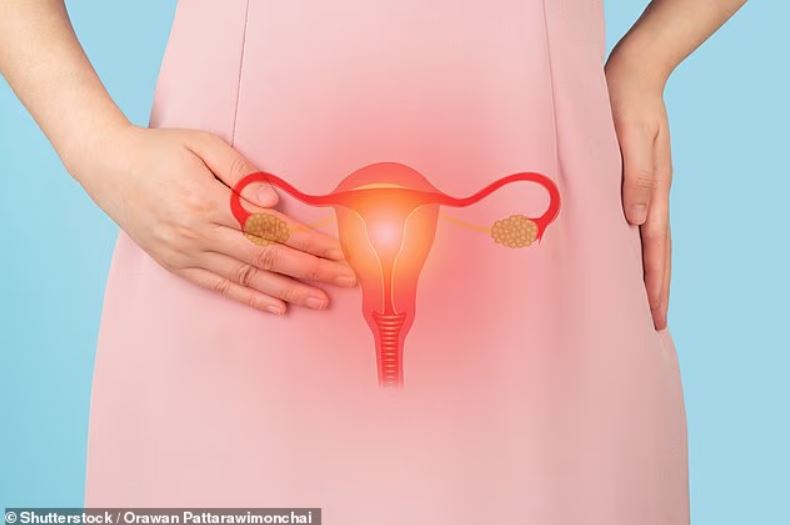The Nigeria Centre for Disease Control (NCDC) is leading the national response to an outbreak of cholera across states in Nigeria. This has been exacerbated by poor access to clean water, open defecation, poor sanitation, and hygiene.
Between the 1st of January and 1st of August 2021, 31,425 suspected cases of cholera, 311 confirmed cases and 816 deaths have been reported from 22 states and FCT. The affected states are Benue, Delta, Zamfara, Gombe, Bayelsa, Kogi, Sokoto, Bauchi, Kano, Kaduna, Plateau, Kebbi, Cross River, Niger, Nasarawa, Jigawa, Yobe, Kwara, Enugu, Adamawa, Katsina, Borno and FCT.
Following an increase in the number of cholera cases, the National Cholera Emergency Operations Centre (EOC) was activated on the 22nd of June 2021. The EOC which is hosted at NCDC, includes representation from the Federal Ministries of Environment and Water Resources, National Primary Health Care Development Agency (NPHCDA), World Health Organization (WHO) and partners.
Katsina
The Death toll and the number of persons who lost their lives to the Cholera outbreak in Katsina State have risen from 101 to 150. “As of 5th September 2021, only one local government area is not affected by the outbreak.
Ogun
Ogun State has stepped up efforts to curtail the recent outbreak of cholera in Magboro in Obafemi-Owode Local Government Area of the state.
Commissioner for Health, Dr Tomi Coker, said in a statement issued on Monday in Abeokuta that the reported outbreak was predominant among motorcycle riders and scavengers.
She stated that the index case was reported to have returned to the state from elsewhere, while the public toilet used was the channel of transmission.
Symptoms
Cholera is an extremely virulent disease that can cause severe acute watery diarrhoea. It takes between 12 hours and 5 days for a person to show symptoms after ingesting contaminated food or water (2). Cholera affects both children and adults and can kill within hours if untreated.
Most people infected with V. cholerae do not develop any symptoms, although the bacteria are present in their faeces for 1-10 days after infection and are shed back into the environment, potentially infecting other people.
Among people who develop symptoms, the majority have mild or moderate symptoms, while a minority develop acute watery diarrhoea with severe dehydration. This can lead to death if left untreated.
Key facts
- Cholera is an acute diarrhoeal disease that can kill within hours if left untreated.
- Researchers have estimated that each year there are 1.3 to 4.0 million cases of cholera, and 21 000 to 143 000 deaths worldwide due to cholera (1)
- Most of those infected will have no or mild symptoms and can be successfully treated with oral rehydration solution.
- Severe cases will need rapid treatment with intravenous fluids and antibiotics.
- Provision of safe water and sanitation is critical to prevent and control the transmission of cholera and other waterborne diseases.
- Oral cholera vaccines should be used in conjunction with improvements in water and sanitation to control cholera outbreaks and for prevention in areas known to be high risk for cholera.
- A global strategy on cholera control, Ending Cholera: a global roadmap to 2030, with a target to reduce cholera deaths by 90% was launched in 2017.
People most at risk are:
• People of all ages living in places with unsafe water
• People living in areas with poor sanitation
• People who consume potentially contaminated food or fruits without proper cooking and washing with safe water
• People who do not perform hand hygiene when appropriate
• Relatives who care for sick person with cholera at home
• Health care workers including:
• Doctors, nurses and other health workers providing direct patient care in the absence of standard precautions.
To reduce the risk of cholera, the NCDC offers the following advice:
• Ensure that water is boiled and stored in a clean and safe container before drinking
• Practice good personal hygiene by washing your hands frequently with soap under clean running water. Use alcohol-based hand sanitiser if soap and clean water are not available
• Ensure that food is well cooked before consumption. Avoid raw food such as fruits and vegetables, except you have washed them in safe water or peeled them yourself.
• Avoid open defecation, indiscriminate refuse dumping and ensure proper disposal of waste and frequent clearing of sewage
• If you experience sudden watery diarrhoea, please do not self-medicate, visit a health care facility immediately and take all sick persons with the signs or symptoms above to a health care facility immediately
• Healthcare workers are advised to practice standard precautions at all times: i.e. wearing gloves while handling patients or providing care to an ill patient/relative.
Prevention and control
A multifaceted approach is key to control cholera, and to reduce deaths. A combination of surveillance, water, sanitation and hygiene, social mobilisation, treatment, and oral cholera vaccines are used.
Treatment
Cholera is an easily treatable disease. The majority of people can be treated successfully through prompt administration of oral rehydration solution (ORS). The WHO/UNICEF ORS standard sachet is dissolved in 1 litre (L) of clean water. Adult patients may require up to 6 L of ORS to treat moderate dehydration on the first day.
Severely dehydrated patients are at risk of shock and require the rapid administration of intravenous fluids. These patients are also given appropriate antibiotics to diminish the duration of diarrhoea, reduce the volume of rehydration fluids needed, and shorten the amount and duration of V. cholerae excretion in their stool.
Mass administration of antibiotics is not recommended, as it has no proven effect on the spread of cholera may contribute to antimicrobial resistance.
Rapid access to treatment is essential during a cholera outbreak. Oral rehydration should be available in communities, in addition to larger treatment centres that can provide intravenous fluids and 24 hour care. With early and proper treatment, the case fatality rate should remain below 1%.
Zinc is an important adjunctive therapy for children under 5, which also reduces the duration of diarrhoea and may prevent future episodes of other causes of acute watery diarrhoea.
Breastfeeding should also be promoted.
About the NCDC
The Nigeria Centre for Disease Control is the country’s national public health institute, with the mandate to lead the preparedness, detection and response to infectious disease outbreaks and public health emergencies. The Bill for an Act to establish NCDC was signed into law in November 2018, by President Muhammadu Buhari. The mission for the NCDC (2017-2021) is ‘To protect the health of Nigerians through evidence-based prevention, integrated disease surveillance and response activities, using a One Health approach, guided by research and led by a skilled workforce’.
Contact
NCDC Toll-free Number: 6232 | SMS: 08099555577 | WhatsApp: 07087110839 Twitter: @NCDCGov | Facebook: @NCDCgov | Instagram: @NCDCgov


























